Description
Latin Name: Ulmus Campestris
Origin Country: Serbia
Elm bark, or Ulmus Campestris, is a tree native to the central and eastern United States and Ontario, Canada.
Native Americans would peel its slimy, red inner bark from twigs and branches and use it as a remedy for many common ailments, like fevers, wounds, and sore throats.
They found that when the bark is mixed with water, it generates a sticky material known as mucilage, which is therapeutic and soothing to anything it touches. Elm bark is a demulcent. This means that it is capable of soothing the lining of the stomach and intestines and reducing irritation.
Elm contains mucilage, a sticky mixture of sugars that can’t be broken down by the human digestive tract. The mucilage coats the throat. It is believed to be an antitussive, meaning it’s great for coughs and for symptoms of other upper respiratory ailments like bronchitis or asthma.
Elm is sometimes recommended to people who experience unexplained inflammation of the urinary tract, like those with interstitial cystitis (painful bladder syndrome).
Elm may be helpful for treating occasional heartburn, also known as acid reflux. It’s also considered an herbal remedy for gastroesophageal reflux disease (GERD).
Pour 1-2 teaspoons in a cup of warm water for 7-10 minutes, strain and drink.
We drink the beverage 2-3 times a day.
For external use it is an excellent poultice for abscesses or ulcers
Before using slippery elm, talk to your healthcare provider. You may not be able to use slippery elm if you have certain medical conditions.
It is not known whether slippery elm will harm an unborn baby. Do not use this product without medical advice if you are pregnant.
It is not known whether slippery elm passes into breast milk or if it could harm a nursing baby. Do not use this product without medical advice if you are breast-feeding a baby.
Do not give any herbal/health supplement to a child without medical advice.



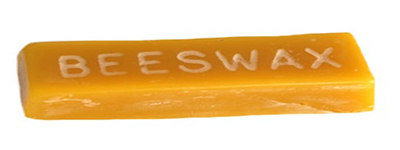

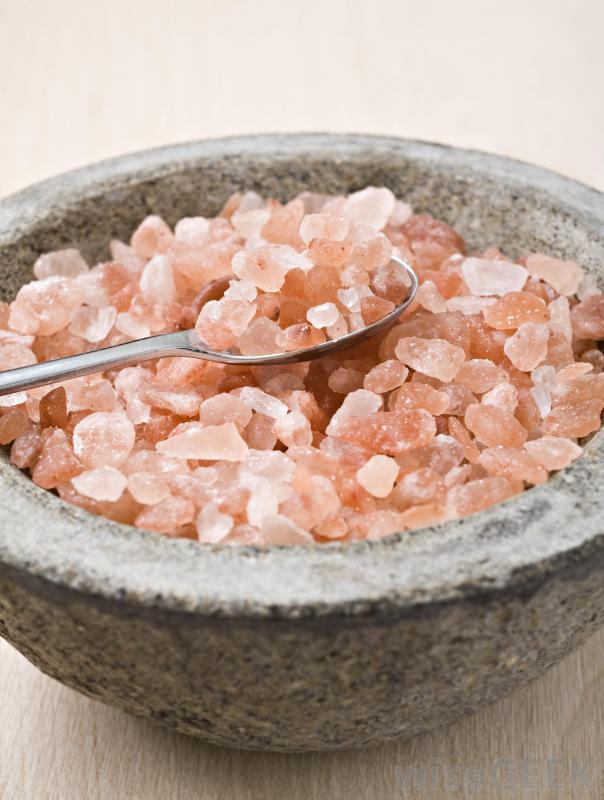
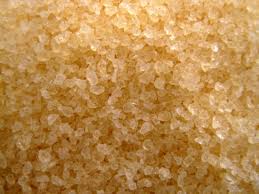

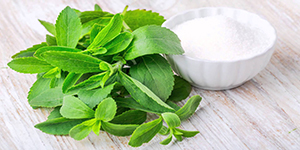

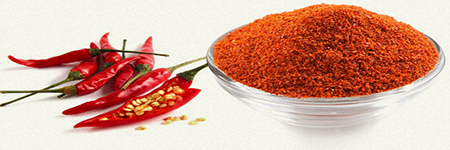
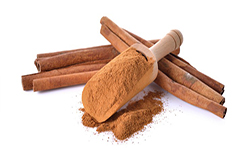
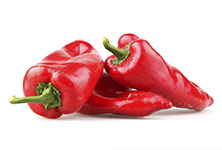
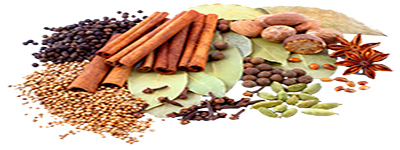




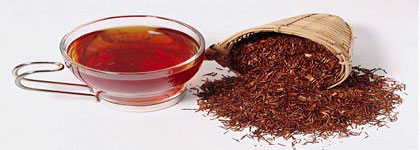

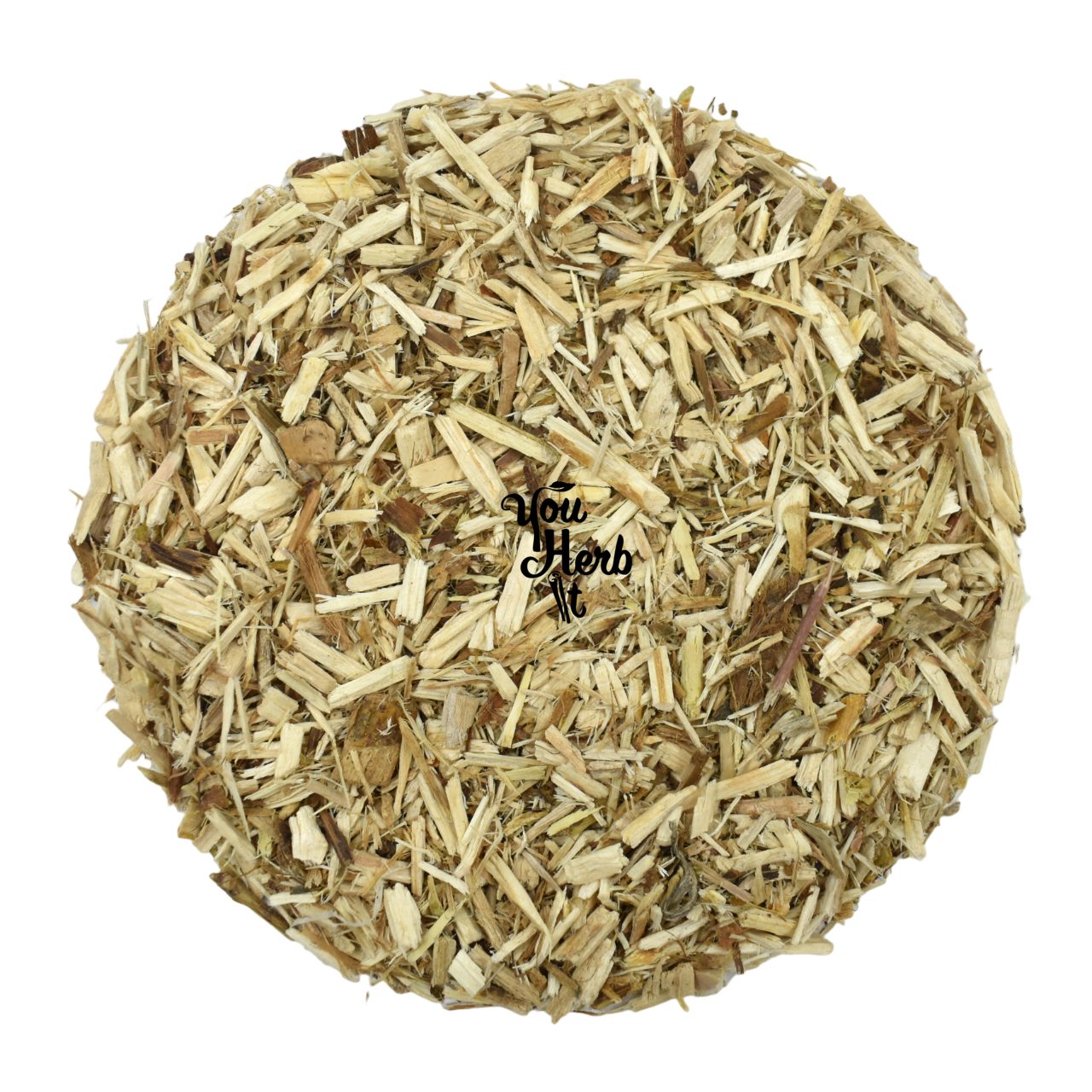
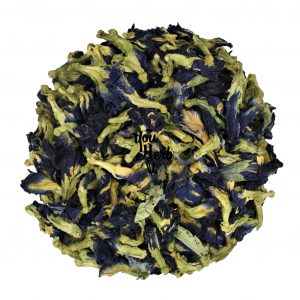
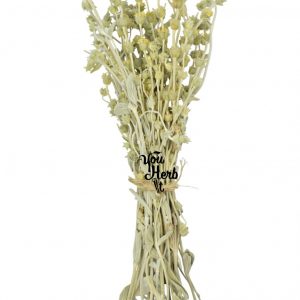
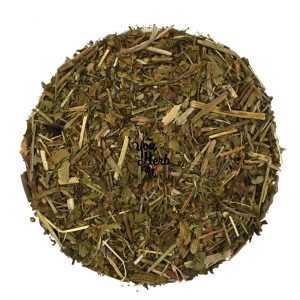
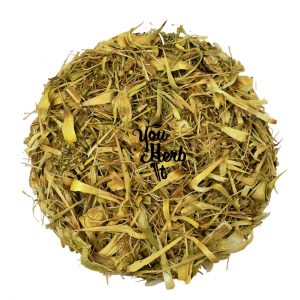
Reviews
There are no reviews yet.